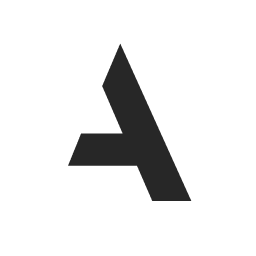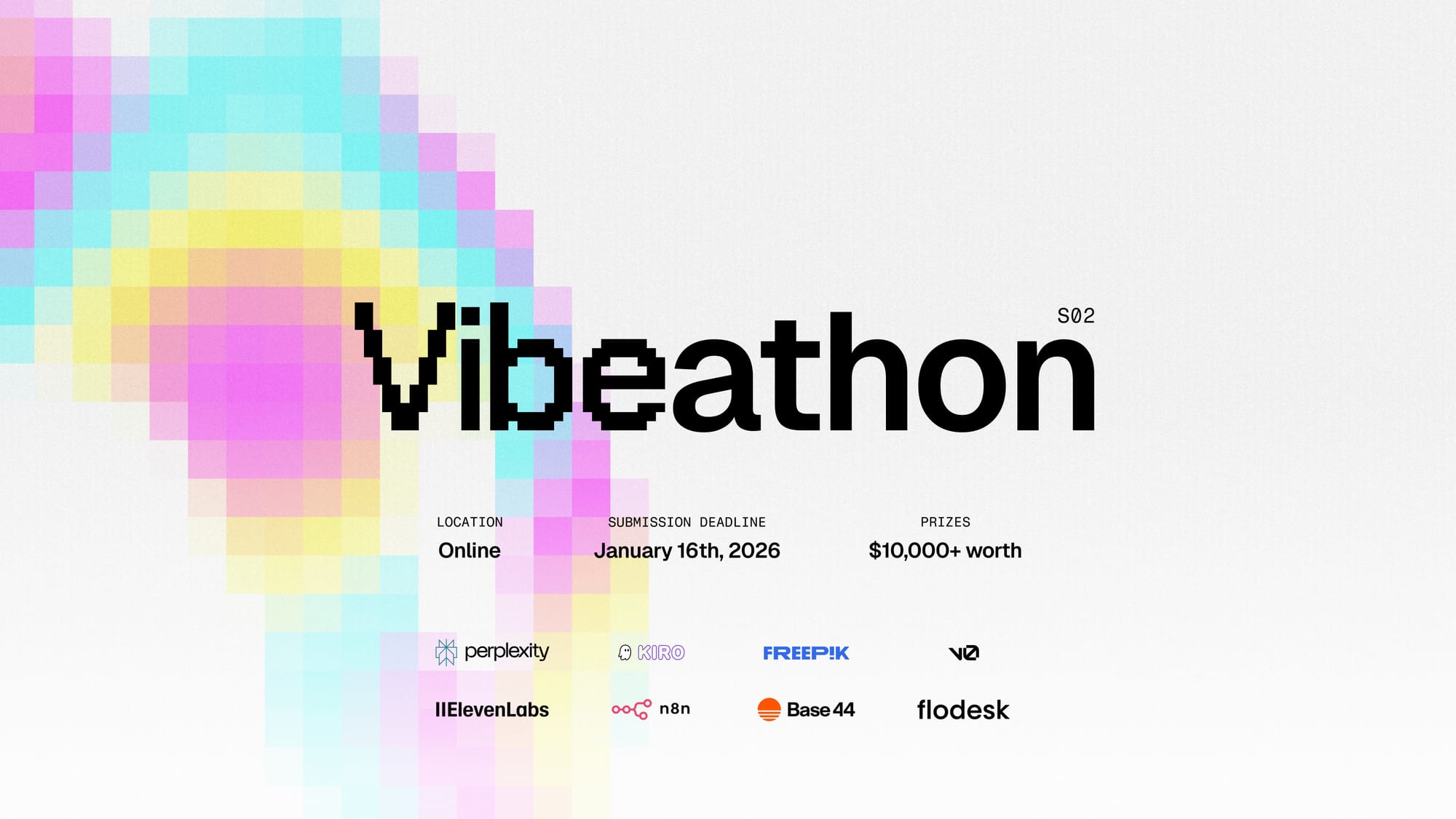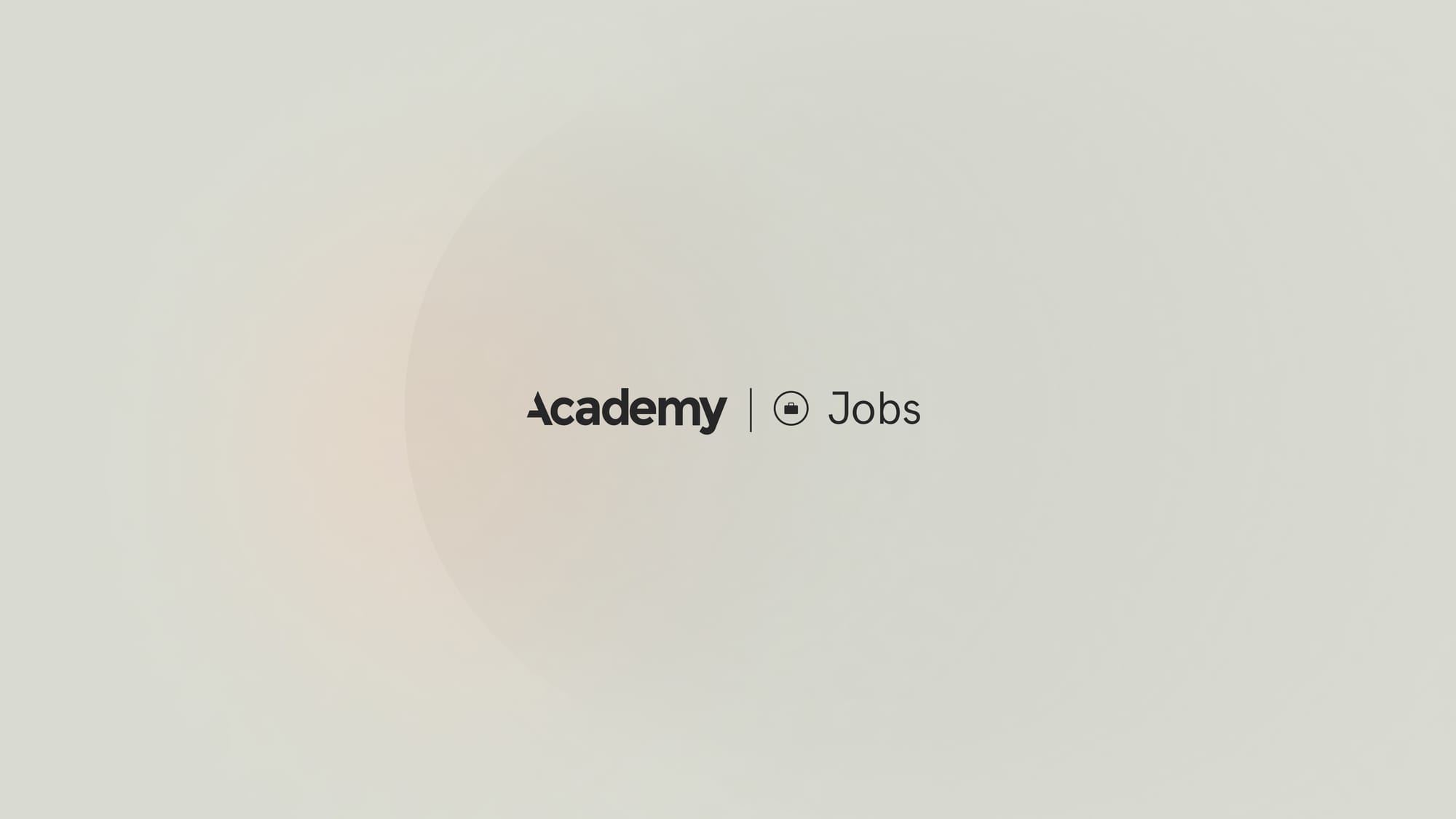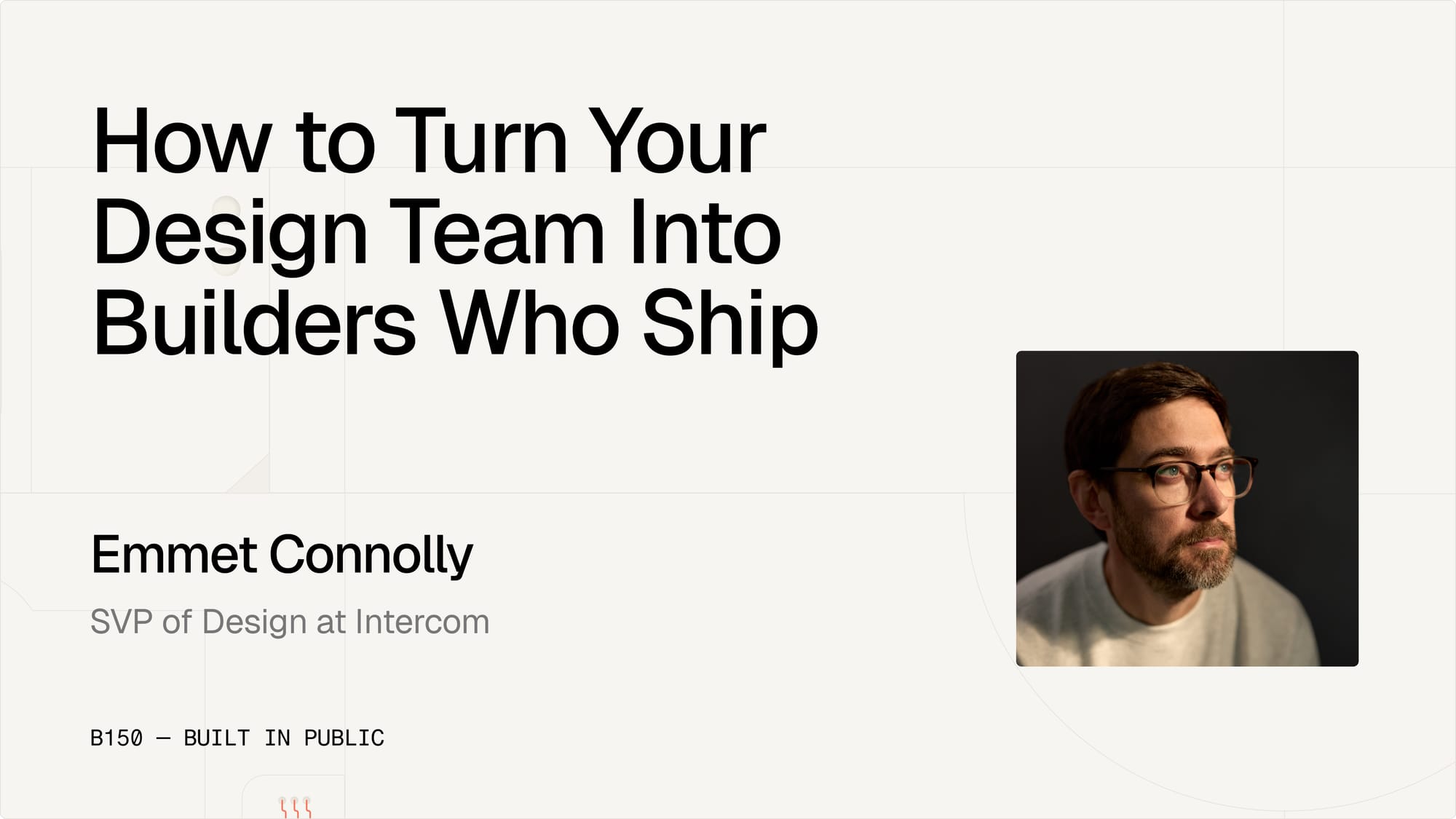What are UX recruiters looking for in a candidate?
What are UX recruiters looking for in a candidate? Discover the key traits: robust portfolios, relevant experience, communication skills, and strategic thinking.
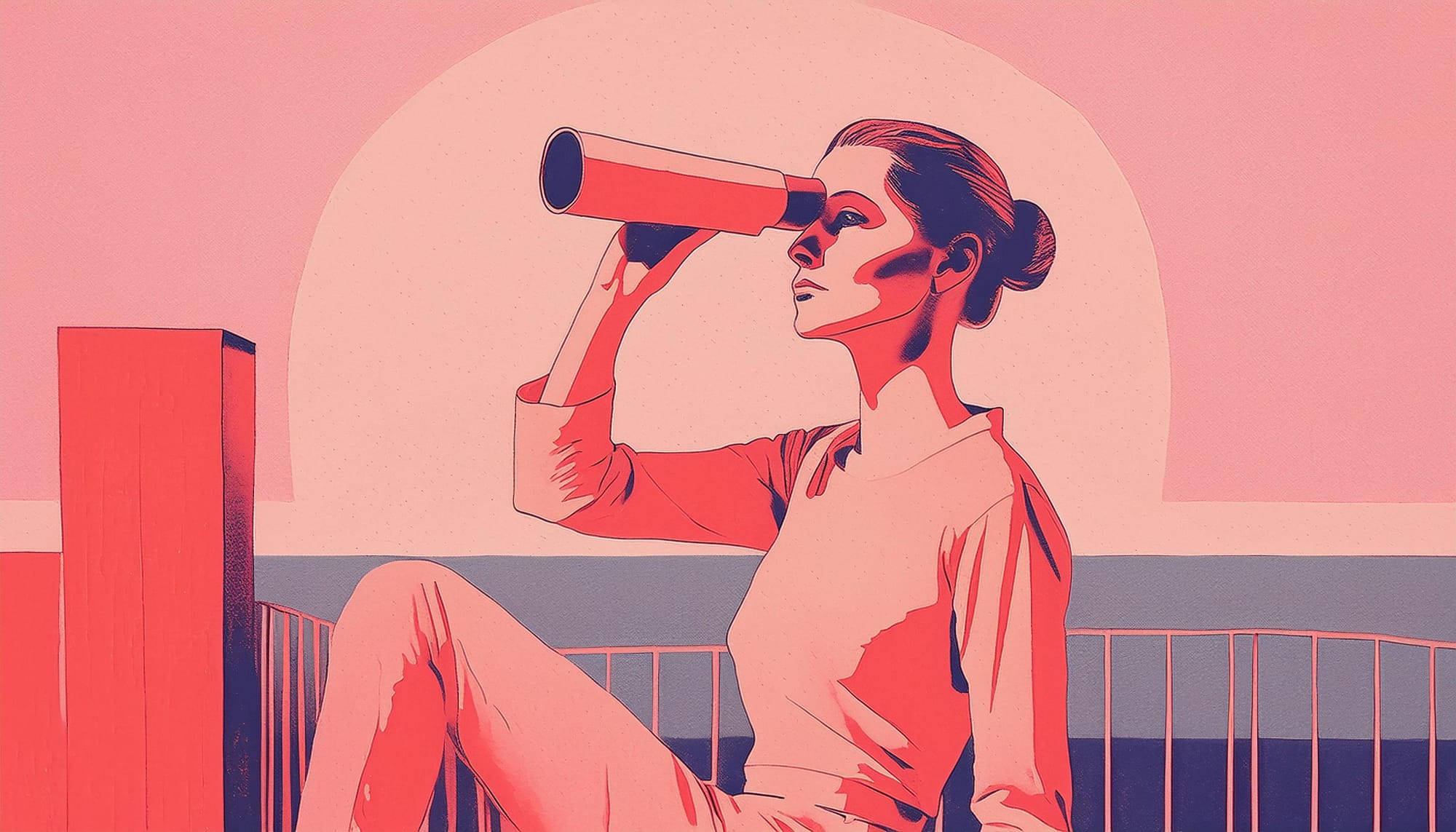
Navigating the job market as a UX designer can be daunting, especially when trying to understand what recruiters are looking for in a candidate. To demystify the process, we’ve put together a comprehensive guide on what UX recruiters typically seek. This insight can help you tailor your application and ace your interviews.
1. A Robust Portfolio
Your portfolio is your primary selling point. It should showcase your skills, accomplishments, and the impact of your work. Here’s what recruiters are looking for in a strong portfolio:
• Comprehensive Case Studies: Each case study should clearly outline the project, the problem it addressed, your role and process, and the solutions you provided. Highlight the impact of your work on the business and users.
• Storytelling Structure: Ensure your case studies follow a coherent narrative. Explain the journey from problem to solution, including the challenges faced and how you overcame them.
• Visual and Functional Design: Show off your design skills through high-quality visuals and well-thought-out user flows, prototypes, and design systems.
For additional tips on optimizing your profile and standing out to recruiters, check out our guide on creating an awesome LinkedIn profile for UX professionals.
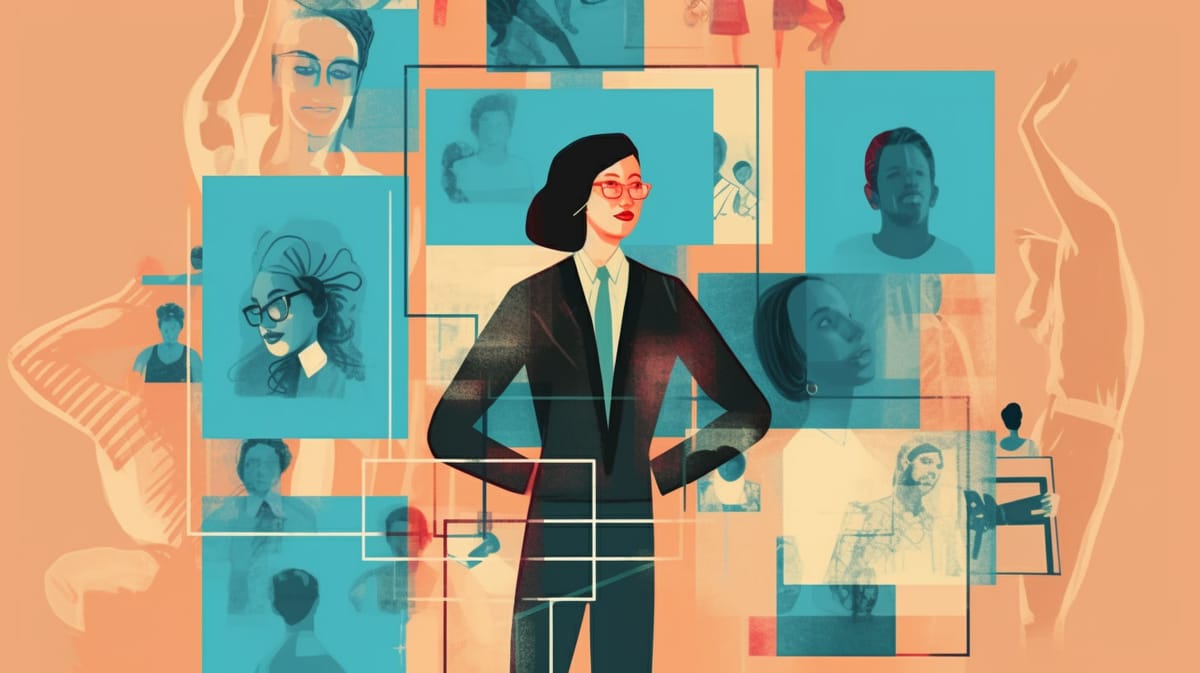
2. Relevant Experience
Recruiters look for candidates with demonstrable experience in UX design. This includes:
• Practical Experience: Evidence of working on real-world projects, either in-house or through agencies, that solve actual user problems. Though for those with not a ton of experience we are totally ok with student projects, side-projects, fun projects, and internship / apprenticeship work. So don't shy away from showing it, just be clear what it is.
• Industry-Specific Experience: Experience in specific industries (e.g., e-commerce, B2B SaaS, mobile apps) can be a significant advantage, depending on the role you’re applying for.
• Tools and Methods: Proficiency with UX design tools (like Figma, Sketch, Adobe XD) and methodologies (such as Design Thinking, Agile) is crucial.
3. Strong Communication Skills
Effective communication is key in UX design. Recruiters assess:
• Storytelling Ability: Can you clearly articulate your design process and decisions? Do you use storytelling to make your case studies engaging?
• Collaboration: How well do you work with others? Are you able to collaborate effectively with cross-functional teams, including developers, product managers, and stakeholders?
• Professionalism: Are you courteous, punctual, and well-prepared for interviews? Professionalism in communication reflects your overall work ethic.
4. Strategic Thinking
Beyond execution, recruiters value strategic thinkers who can plan and envision future products. They look for:
• Product Strategy: Understanding and planning for products that solve user problems and drive market impact.
• Problem-Solving Skills: How well do you navigate constraints, make trade-offs, and find innovative solutions?
• Vision and Execution: Your ability to see the big picture while also being able to dive into the details and execute effectively.
5. Behavioral Competencies
Your behavior and attitude can be as important as your technical skills. Recruiters evaluate:
• Leadership: Experience leading teams or projects, presenting to clients, and demonstrating mastery of your subject.
• Collaboration and Growth Mindset: Openness to feedback, willingness to learn, and a proactive approach to improving team dynamics and processes.
• Cultural Contribution: Potential to bring a unique perspective that enhances the team’s culture and work.
6. Impact of Your Work
Recruiters want to know the tangible impact of your designs. Consider these questions:
• Business Impact: Did your designs help achieve business goals? For example, increased user engagement, higher conversion rates, or cost savings.
• User Impact: How did your work improve the user experience? Were there measurable improvements in user satisfaction or task completion rates?
Final Thoughts
UX recruiters are looking for well-rounded candidates who can demonstrate their design expertise, communicate effectively, think strategically, and work collaboratively. By focusing on these areas and preparing your portfolio and interview responses accordingly, you can increase your chances of landing your next UX role.


